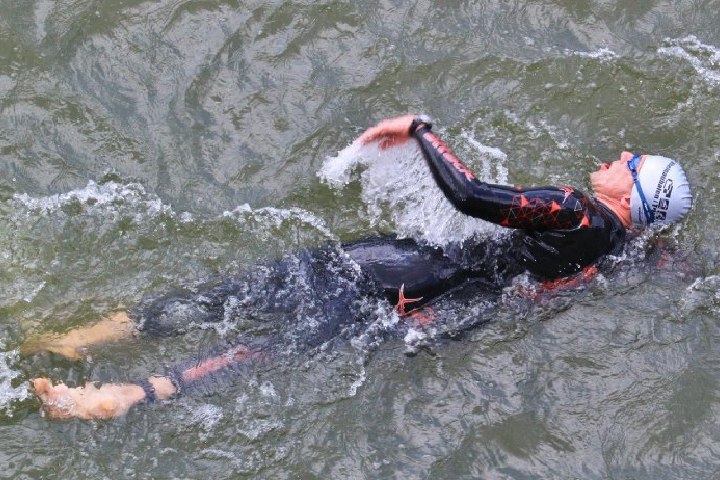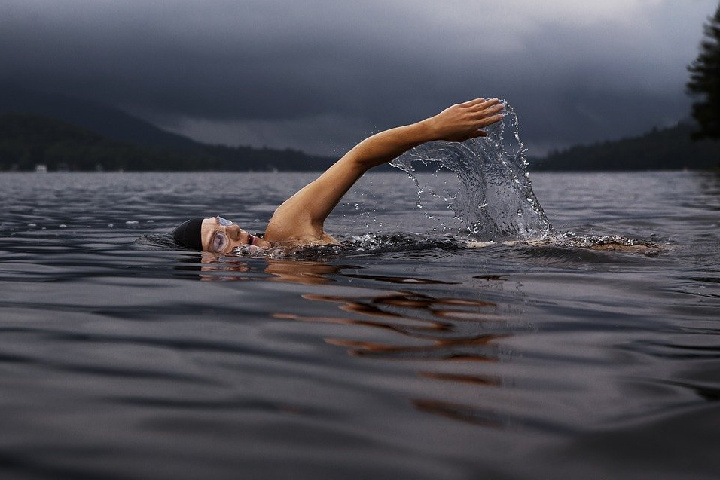Swimming is one of the healthiest sports because it is accessible on the joints. And also, it trains not only strength and endurance but also coordination and flexibility.
On hot summer days, refreshment can be one of the main reasons to venture into the water. Still, you must move actively after lounging in a deck chair or tanning in the sun. Of course, it is not enough to splash around.
Table of Contents
1. That’s How Many Calories You Burn When You Swim
- When swimming, you train the whole body and stimulate calorie burning. For example, a woman weighing 65 pounds burns about 310 calories for half an hour at medium intensity breaststroke.
- A man with 80kg even burns around 400 calories. It also improves mobility, endurance, strength, and coordination.
- Since swimming is an excellent whole-body workout and is accessible on the joints, it can also complement the previous training plan.
- Especially for overweight people, it is an excellent option to exercise regularly too frequently and not to overload the body structures.
2. Fine-tune Your Techniques for Crawl Swimming
a. How to Swim Properly?
Swimming is an efficient and joint-gentle whole body workout. Fitness trends come and go, and swimming remains popular because it’s healthy and summery. At least if you do it right.

- The technique of crawl swimming is a bit more complicated and requires a little more basic fitness.
- It is therefore advisable to start swimming with breaststroke and aim for the crawl style as a later goal.
- To improve endurance in the long term, it is also worthwhile to swim slowly and complete somewhat longer units.
- If both or even other swimming styles already mastered, then it is best to alternate. In this way, you create different stress stimuli and train different muscle groups.
- To avoid the hustles and bustles of the pool, it can make sense to schedule your swimming sessions in the morning or evening.
- This way, you can take your laps or laps in peace. In some swimming pools or free pools, there are defined areas that reserves for the “hard-working” swimmers.
b. Can You Lose Weight With Swimming?
If you are overweight, swimming is the best (entry-level) sport. Because ligaments and joints in the water only load with about 10 per cent of the body weight and the risk of injury is relatively small.
c. How to Get Started?
Do not go to the new activity with zeal. It is better to plan goals with realistic frequency and duration, which you can then meet in the long term.
- Reserve the swimming laps in your weekly or holiday schedule; this increases the liability.
- To improve endurance in the long term, you should start swimming slowly and a little longer.
- Otherwise, the head should be immersed in the water and only come to the surface regularly to take a breath (put on swimming goggles if necessary).
- It prevents tension in the neck and makes the swimming movement more dynamic and efficient.
- If you have mastered other swimming styles besides breaststroke, then alternate between them more often.
- In this way, you create different stress stimuli and train different muscle groups.

